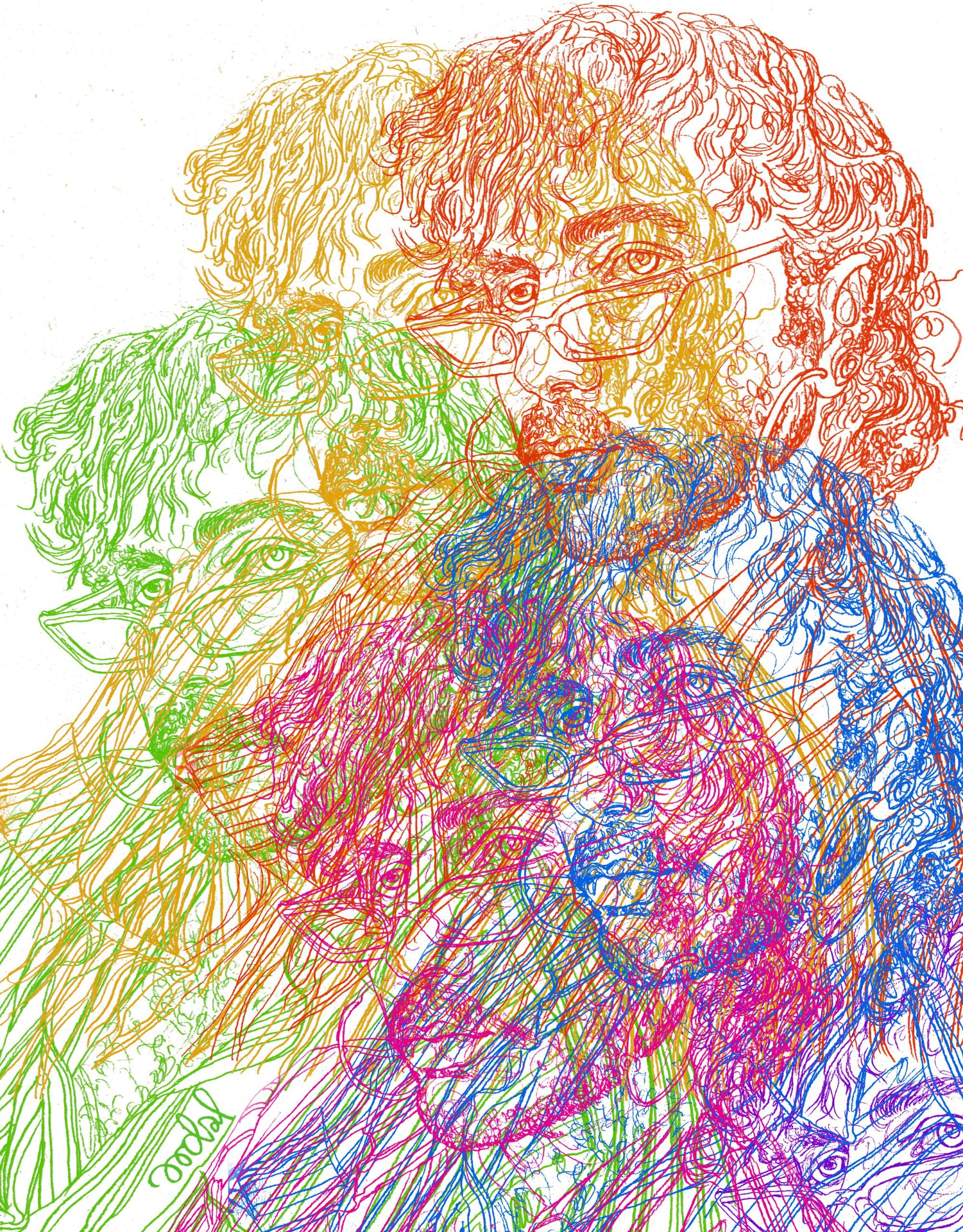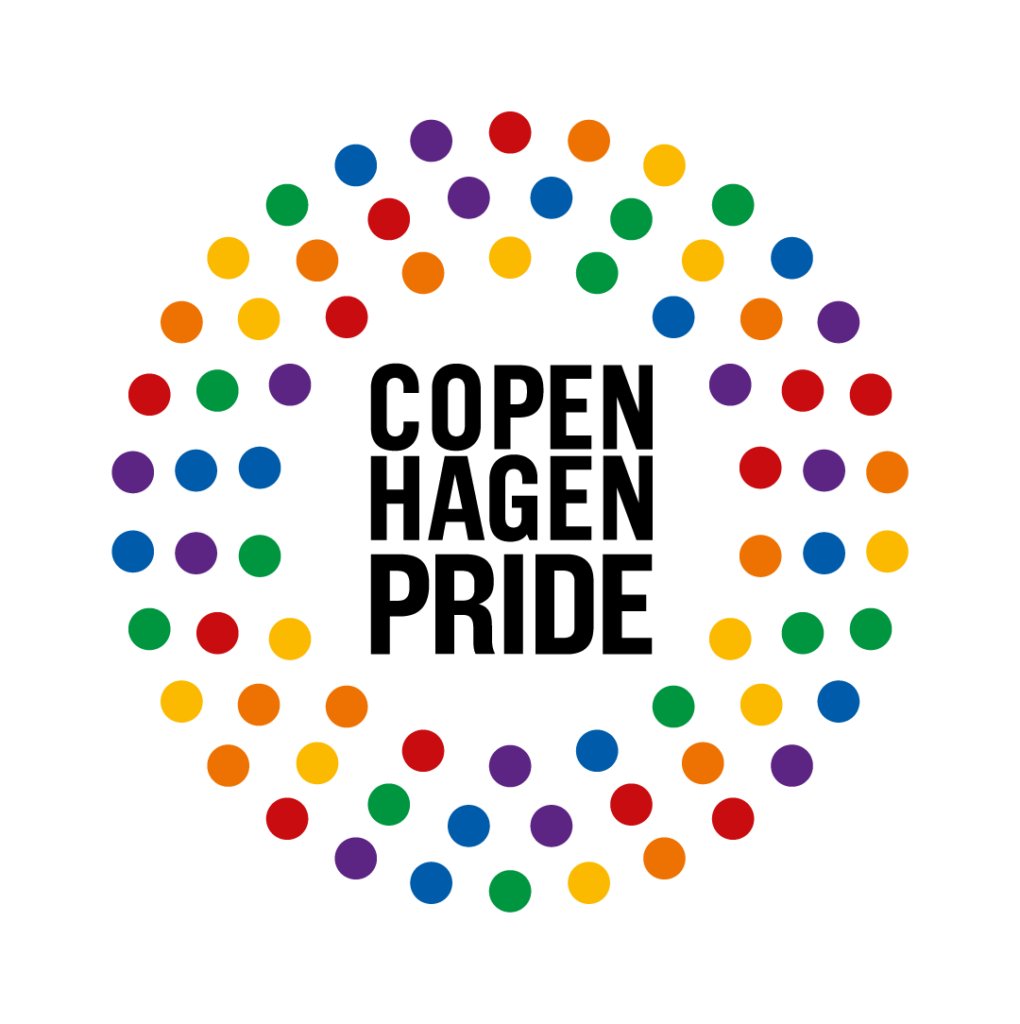
The Alphabet Mafia and Acronyms, whirlwinds of self-realizations
By Jens Ulvedahl
Illustration by Bartek Kociemba
LGBTI+ is an acronym: an abbreviation of initial letters. It stands for lesbian, gay, bisexual, transgender, and intersex, while the + stands for the broad umbrella of other gender identities and sexualities that don’t have a spot in the acronym. LGBTI+ is not the only version of the acronym that is used today, but it is the version that has been chosen here at HeartCore. Another popular version is LGBTQIA+, where the A stands for asexuality and Q can represent both queer and questioning. This is just two of many different versions you can meet nowadays, but what lies behind them? How and why did we end up with these letters? And is the acronym sustainable when it is constantly changed and discussed?
The Alphabet Mafia Manifesto
One typical criticism of the acronym is its constant expansion with new letters, which has led to LGBTI+ people sometimes getting the nickname the Alphabet Mafia. The purpose of expanding the acronym is noble, since it is the attempt to find a term that includes everyone who doesn’t identify with gender and sexuality norms. The many new letters that become a part of the acronym are the new labels that the community wants to acknowledge and make space for. However, I don’t think the letters only serve the purpose of making people feel included in the community, but also serve an important function when meeting people outside the community.
Having your own identity recognized through a label gives you the possibility to answer the question: “What are you, then?” If you, a pansexual person, try to explain to a cisgender, heterosexual (cishet) person in a conversation that you are attracted to people regardless of gender, they might call you bisexual, which you would say no to, and then you would be met with the aformentioned question, “What are you, then?”. There, you would have the opportunity to say: “No, I am pansexual”, because there is a label that you identify with and there is a community around it. The point here isn’t just that it’s important to have a community that you can see yourself in, but also that this community needs labels and clear-cut lines between them, so that the cishet normative world will accept you. Being able to tell people exactly what you are, by using a label, is a recognition mechanism that acts as your support when meeting people who don’t understand you.
That’s why the story of the acronym can be seen as one long process of title giving, which highlights that the LGBTI+ community exists in contrast to the cishet normative society. This means that by following the acronym’s story, we can get an insight into who the community has recognized, but also what those outside the community have recognized.
Having your own identity recognized through a label gives you the possibility to answer the question: “What are you, then?”
From LGBTQ to LGBTAAIP2SAA
From this base form, many other variations are made with little changes, like LGBTQQ, LGBTQ+, LGBTIA+ and LBTQIA+. The addition of the “+” shows that we want to represent those who don’t see themselves in the other letters. On top of that is the national differences, for example with Swedish, where they use the acronym HBTQ. Instead of using L and G, they use H, which stands for homosexual. Another variation I have seen, that is significantly different from the others, is MOGII. It stands for” Marginalized Orientations, Gender Identities and Intersex”, and unlike LGBTQ, it also includes straight, cisgender women, since their gender also makes them marginalized. The longest acronym I have found is LGBTQQIP2SAA, where the additions stand for questioning, intersex, pansexual, two spirit, asexual and ally. Here you particularly notice the inclusion of allies and of two spirit (2S), which is an identity belonging to some First Nations People.
This listing of the acronym’s history is done to point out that we haven’t yet discovered a term that is sustainable and static over time. It also shows a tendency to add letters to the acronym over time, shown clearly from the movement from gay to LGBTI+ to LGBTQQIP2SAA. But the question that remains for me is whether or not it is possible to create a term that includes everyone, but also remains relevant over time?
An expression often used instead of LGBTI+ is just the word ‘Queer’ on its own, since it is a broad term, as mentioned, that covers both gender and sexuality. It most often happens in non-English speaking countries, since the label has a different linguistic history in the USA and Great Britain among others. In Danish, according to Sundhed.dk, the definition of queer is “…an approach to gender and sexuality that defines itself in opposition to the dominant gender-understanding”, which correlates to my earlier statement. In English, it is quite different. Oxford Dictionary describes queer as “strange, odd, peculiar, eccentric, in appearance or character.” This description highlights the negative connotations to the word in English and why the word has also been used as a slur against LGBTI+ people. So it is not unproblematic to assume that everyone can identify with the title queer.
Sustainability is not static
All the aforementioned points and the acronym’s history on its own emphasize how important it is that it exists and that it expands. Therefore, it can’t be boiled down to a single label like queer, because not everyone will identify with that label, and there is a homophobic history attached. We must give space and recognize a broad selection of labels, because there is a power and strength in having a label to adorn yourself with. It is not so bad to call yourself a part of the LGBTI+, LGBTQIA+ or LGBTQQIP2SAA community – quite the opposite in fact. It is powerful to have an acronym that gives room for people to be recognized through labels and inclusion. Therefore, there is no shame in being called the Alphabet Mafia, since it is the key to making sure that the community has an acronym that is sustainable but not static. An acronym that rests on the understanding that it will constantly change to give more and more people a voice, and a label in a world where they have to answer the question “What are you then?”
Want to know more?
From LGBT to LGBTQIA+: The evolving recognition of identity, Nationalgeographic.com:



